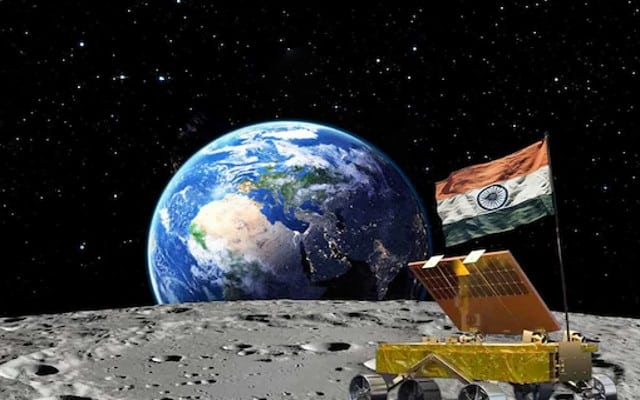In the vibrant heart of India’s diverse landscape, an extraordinary journey has unfolded—a journey that commenced with bicycles and has now reached for the stars. This is the captivating tale of the Indian Space Research Organisation (ISRO), an agency that has transformed from humble beginnings into a globally acclaimed space organization.
ISRO’s path to cosmic prominence has been punctuated by iconic missions, such as Chandrayaan 1, which unveiled lunar secrets, and Chandrayaan 2, which, despite a missed landing, ignited worldwide enthusiasm for space exploration. Now, with Chandrayaan 3 on the horizon and the Aditya mission poised to study the sun, India’s space odyssey persists, driven by innovation and an unwavering spirit.
Let us embark on a succinct yet enthralling journey through ISRO’s evolution, celebrating its remarkable transition from bicycles to Chandrayaan and Aditya, while showcasing India’s steadfast commitment to space exploration and scientific discovery.
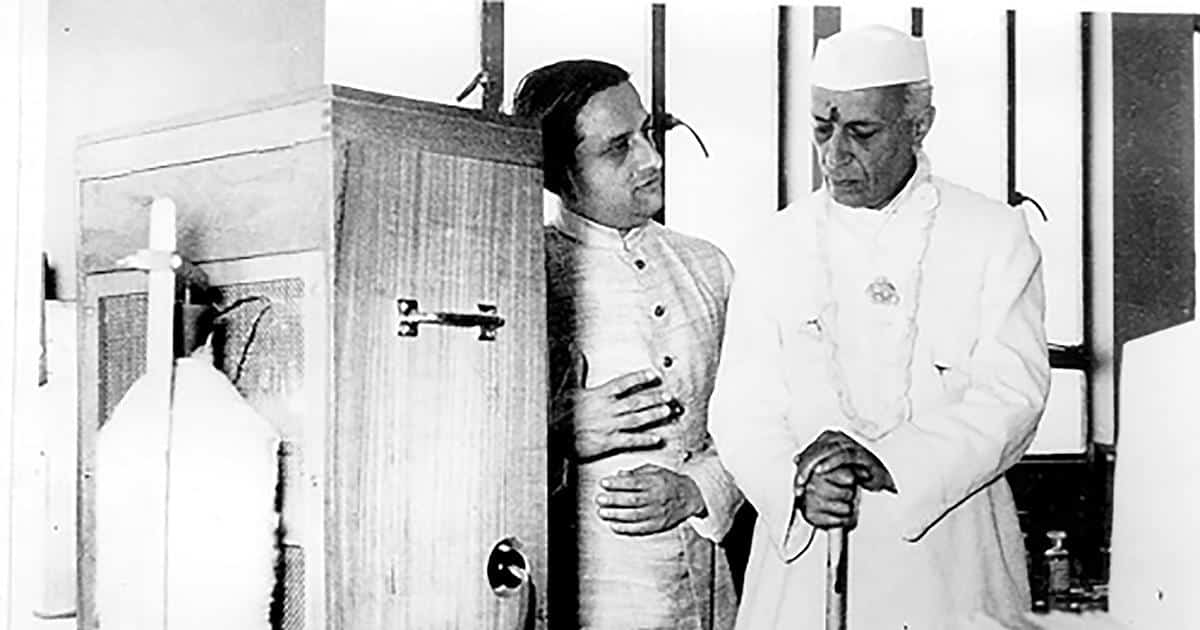
The Indian Space Research Organisation, commonly known as ISRO, has traversed a remarkable journey since its humble beginnings. ISRO reached a significant milestone with Chandrayaan 3, its third lunar mission, which included the launch of a rover at the uncharted south pole of the Moon.
To some, it might come as a surprise that ISRO’s journey commenced as far back as 1962. Initially named the Indian National Committee for Space Research, it was founded under the visionary guidance of Vikram Sarabhai and physicist Kalpathi Ramakrishna Ramanathan.
In its early days, ISRO encountered numerous challenges. They operated with limited resources, a small team of scientists, and virtually no funding. In fact, when they launched their inaugural rocket just a year later, they had to transport spare parts using bicycles. Fast forward more than 50 years, and ISRO has made extraordinary progress, successfully launching rockets not only to the Moon but also to Mars and beyond.
The first rocket launch
India’s space journey began on November 21, 1963, with the launch of the Nike Apache-sounding rocket from Sriharikota range. This historic launch symbolized India’s ambition and commitment to space exploration.

In a television interview, Dr. APJ Abdul Kalam, who was a part of the rocket launch team at the time, recounted the formidable challenges faced by INCOSPAR (Indian National Committee for Space Research). Just one year after its formation in 1963, India embarked on its maiden rocket launch into space. This ambitious endeavor required acquiring land from a local church and relocating villagers to clear the way for their preparations.
Finally, on November 21, 1963, this remarkable journey culminated in the successful launch of the rocket, with distinguished scientists such as Dr. Homi Bhabha bearing witness to this historic event.
First satellite launch by India
India’s first satellite launch marked a significant milestone in the nation’s space program. On April 19, 1975, India successfully launched its first satellite, Aryabhata, into orbit. This historic achievement was realized using a Kosmos-3M launch vehicle from the Kapustin Yar launch site in the Soviet Union.
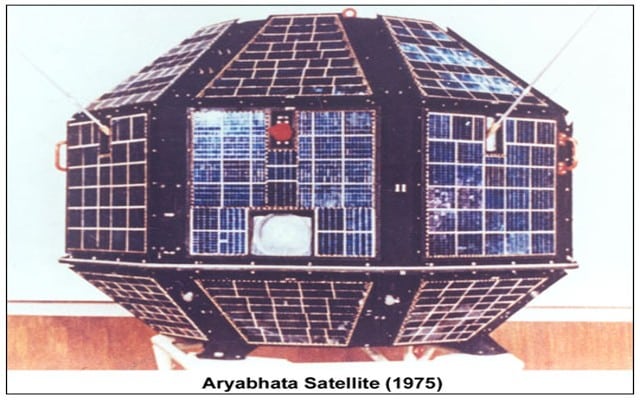
Aryabhata, named after the ancient Indian mathematician and astronomer, weighed approximately 360 kilograms. The satellite was primarily intended for conducting scientific experiments, especially in X-ray astronomy and solar physics.
The first Indian-made rocket launch by ISRO
On August 10, 1980, ISRO launched its first indigenous rocket, the Satellite Launch Vehicle (SLV-3). This small experimental rocket placed the Rohini Satellite RS-1 into orbit, making India the sixth country in the world with the capability to launch satellites using its own launch vehicle. This achievement marked a significant step towards self-reliance in space technology and laid the groundwork for India’s subsequent successes in space exploration.
ISRO’s PSLV and GSLV
The Polar Satellite Launch Vehicle (PSLV), which had its maiden flight in 1997, became ISRO’s go-to workhorse for launching satellites. It has a proven track record, having successfully placed a wide range of satellites into orbit, including communication, Earth observation, navigation, and interplanetary missions like Mangalyaan (Mars Orbiter Mission). Its reliability, cost-effectiveness, and adaptability have made it a popular choice for both ISRO’s missions and international customers, solidifying India’s presence in the global launch services market.
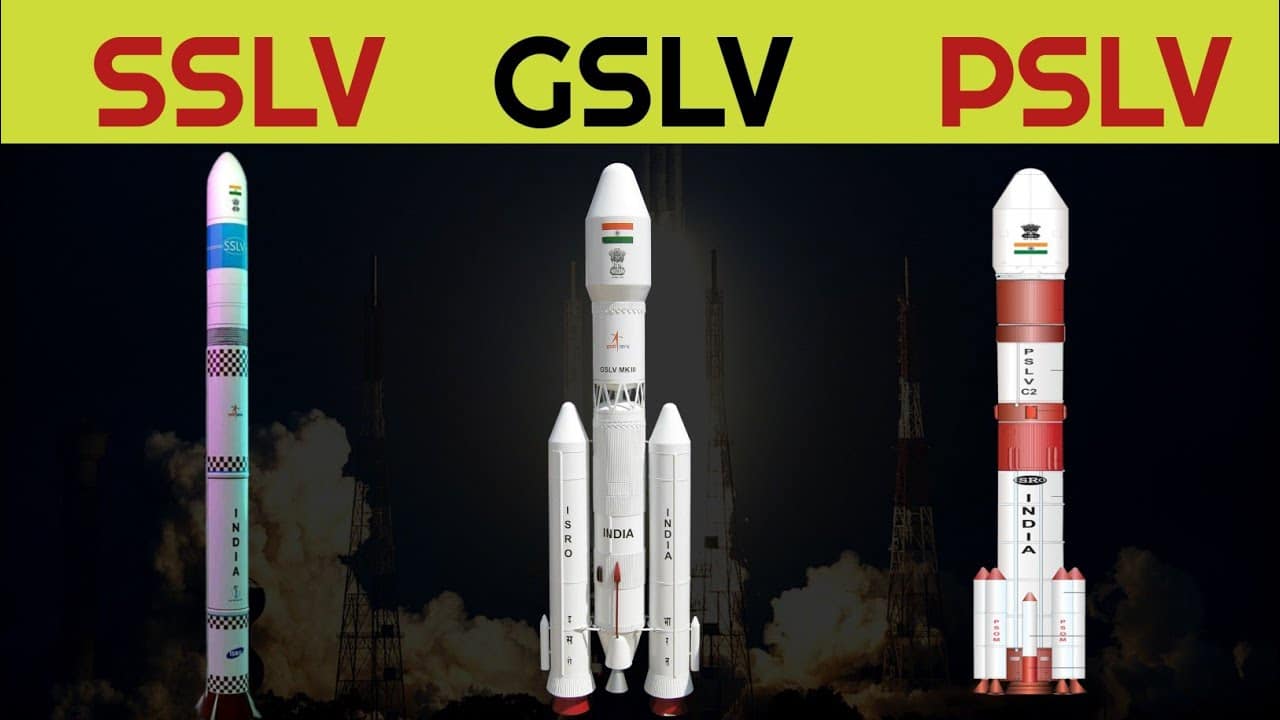
In 1999, the PSLV achieved a significant milestone by launching three different satellites into orbit simultaneously—an Indian satellite, a Korean satellite, and a German satellite. This marked India’s first multi-satellite launch, showcasing the PSLV’s capability to deploy multiple payloads in a single mission.
In 2001, ISRO launched the Geo-synchronous Satellite Launch Vehicle (GSLV) for the first time. This progression highlights ISRO’s gradual evolution and its eventual capability to undertake complex lunar missions.
Recovering a launch for the first time
In 2007, ISRO achieved a significant milestone with the launch of the Space Capsule Recovery Experiment (SRE-1). This mission involved sending a capsule into space, where they would conduct experiments in microgravity before returning to Earth and being recovered. SRE-1 was pivotal as it provided valuable experience in navigation, guidance, and control during re-entry, as well as an opportunity to develop reusable thermal protection systems (TPS). It marked an important step on the path toward developing reusable launch vehicles and advancing India’s capabilities in space exploration.
Mission to Mars
In 2013, ISRO embarked on an ambitious mission to explore Mars. The Mars Orbiter Mission, also known as Mangalyaan, was launched successfully and it entered Martian orbit in 2014.

Since then, it has been continuously sending valuable data and insights back to Earth, marking a significant achievement for ISRO in its quest for interplanetary exploration.
ISRO’s moonshot; Chandrayan 1,2 and 3
In 2008, ISRO achieved a historic milestone with the Chandrayaan-1 mission, successfully placing a satellite into orbit around the Moon. This mission would later lead to a groundbreaking discovery, the presence of water on the Moon. Chandrayaan-1 marked a significant leap in India’s space exploration endeavors, as it extracted crucial data for our scientists to further understand lunar science.
Chandrayaan-2 was India’s second lunar exploration mission, following the success of Chandrayaan-1. It was aimed to further study the Moon, with a particular focus on its south polar region. The mission included three components: Orbiter, Lander Vikram, and Rover Pragyan. Unfortunately, the Vikram lander lost communication during its descent phase, and the mission’s planned soft landing failed. However, the orbiter continued to function successfully and provided valuable data and insights into lunar science.
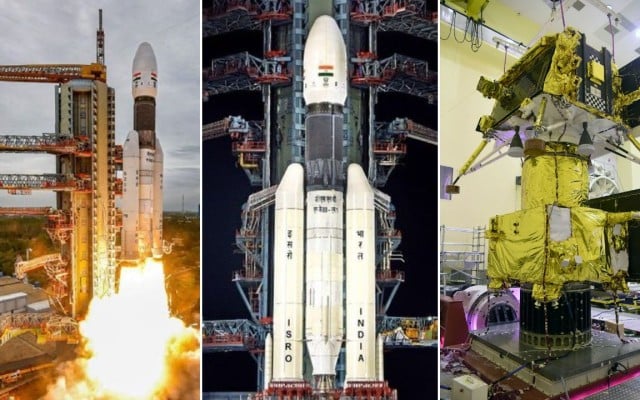
With Chandrayaan 3, ISRO has added another feather to its illustrious cap, demonstrating to the world how to successfully launch rockets to the moon’s south pole, making it the first country in the world to achieve this feat. Yes, from bullock carts to a moon mission, India has instilled hope in a nation of over a billion people, showing that anything is achievable with determination and innovation.







